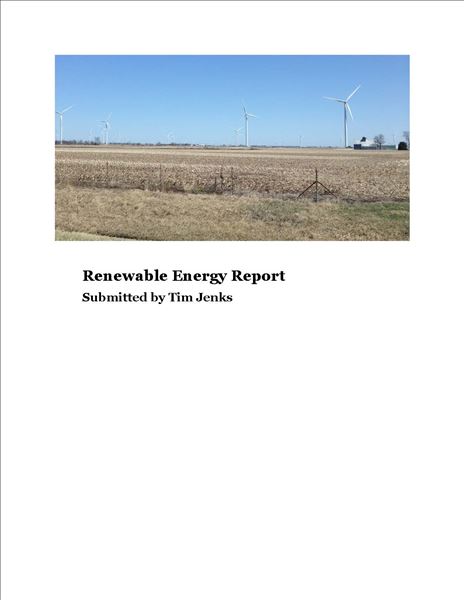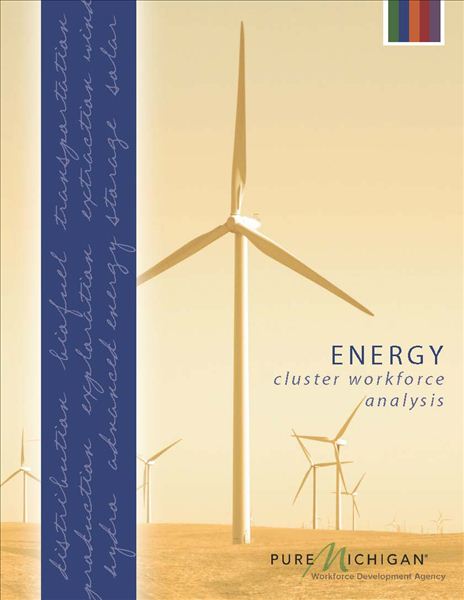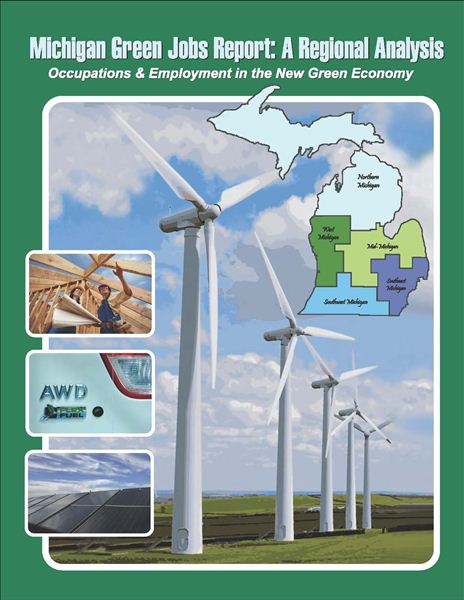Home / Regional Prosperity Initiative / RPI Strategies / Energy Efficiency Strategy
Energy & Efficiency Strategy
 Strategy: Move toward sustainability by seizing green opportunities in Northeast Michigan.
Strategy: Move toward sustainability by seizing green opportunities in Northeast Michigan.
Download the Energy & Efficiency Strategy
The energy sector as a whole includes mainstream sources of energy – fossil fuels, hydropower, nuclear, etc. – as well as new and alternative renewable sources such as wind, solar, geothermal, biomass conversion, and other experimental technologies. Employment associated with the energy sector includes extraction, processing and delivery of fossil fuels, research and manufacturing of energy producing equipment, sales, installation, support, and maintenance of various energy systems.
The high cost of energy both in residential and commercial applications justifies significant expenditures on energy efficiency, also included as a part of the energy sector. The American Council for an Energy-Efficient Economy (ACEEE) estimates potential savings of $1.2 trilling by 2020 from investment in energy efficiency, and effort that could create 1.3 to 1.9 million jobs in the US[1] Energy efficiency comprises jobs and technology including mass transit, building materials and design, lighting, appliances, electric vehicles and batteries, and water management as well as a range of design, analysis, and other professional services.
Energy investment and production in Region 3 range from very large scale companies – locally Consumers Energy, Presque Isle Electric and Gas Cooperative – to individuals and families assembling their own solar panels, hot water processors, and windmills. Employment in the industry likewise includes a broad range, from traditional industry positions in engineering and maintenance, to small entrepreneurs and retailers supplying a do-it-yourself market.
In general, the renewable energy sector offers opportunities for significant growth. The Environment Study Institute report of June 2013 estimated approximately 1,000,000 jobs nationally in clean energy[2], and forecast significant jobs growth for the near and long term in every component of the renewable energy sector.
In Region 3, renewable energy has provided some important new growth opportunities in recent years. In 2014, Alpena Biorefinery began shipping ethanol produced from byproduct of DPI, an adjacent panel processing facility, which itself uses local wood industry byproducts. Electric generation plants use wood biomass for fuel in Hillman, Grayling, and Lincoln. Wind power facilities operate in Mackinaw City and the thumb area (not quite all in Region 3, but close enough to note). New landfill gas generation facilities are in development in Montmorency County.
Statistics for small-scale electric generation are not readily available, but solar panels, solar hot water systems, electric cars, and other such devices appear throughout the area. The Amish community in Mio makes significant use of off-the-grid electric generation. Michigan continues to offer tax credits and net-metering opportunities that should provide the basis for increased sales, installation, and service as the efficiency of distributed power generation systems continues to improve, and the cost continues to decline.


